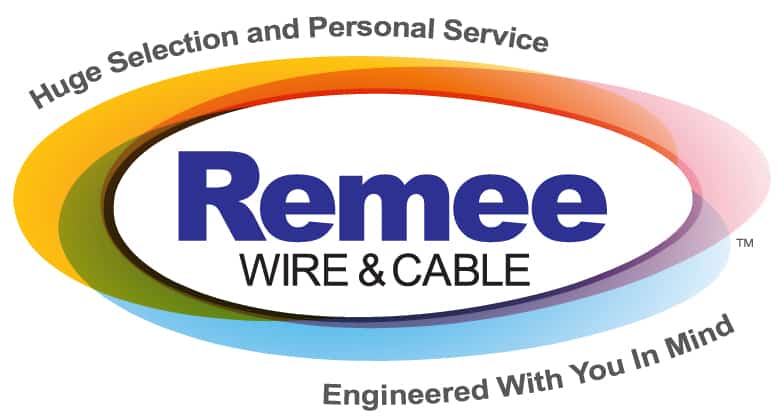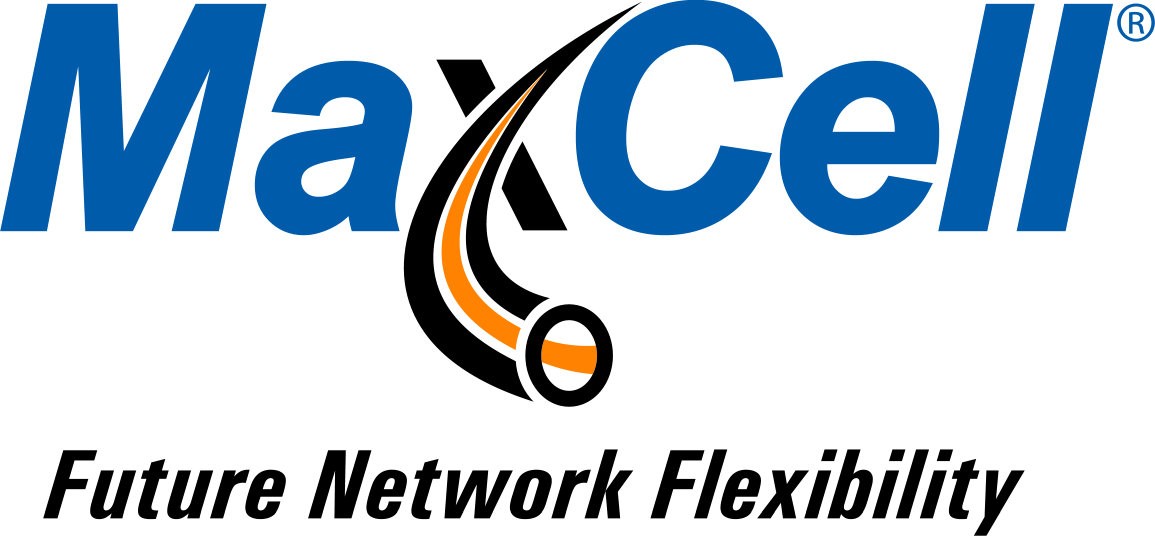Arkansas Singlemode Fiber Cable Supply- Arkansas Singlemode Loose Tube Fiber Cable- Arkansas Commscope Fiber Cable Supplier- Commscope Singlemode Fiber Supplier
In today’s interconnected world, where data travels at the speed of light, fiber optic cables have emerged as the backbone of modern telecommunications networks. These slender strands of glass or plastic transmit vast amounts of data over long distances with minimal signal degradation. From powering the internet to enabling high-definition video streaming, fiber optics have revolutionized communication infrastructure. This comprehensive guide explores the technology behind fiber optic cables, their applications, advantages, and future prospects.
At the heart of every fiber optic cable lies a core made of either glass or plastic, surrounded by a cladding layer. The core serves as a pathway for light to travel through, while the cladding layer ensures that the light remains trapped within the core through total internal reflection. This design allows signals to propagate over long distances with minimal attenuation, making fiber optic cables superior to traditional copper cables in terms of bandwidth and reliability.
Fiber optic cables come in two primary types: single-mode and multi-mode. Single-mode fibers have a small core diameter, allowing only a single mode of light to propagate. They are ideal for long-distance transmissions, such as those used in telecommunications networks. Multi-mode fibers, on the other hand, have a larger core diameter, enabling multiple modes of light to travel simultaneously. They are commonly used in shorter-distance applications like data centers and local area networks.
The versatility of fiber optic cables makes them indispensable across various industries and applications. They form the backbone of internet infrastructure, enabling high-speed data transmission over vast distances. Fiber optics also play a crucial role in telecommunications, facilitating crystal-clear voice calls and high-definition video conferencing. Moreover, they are extensively used in healthcare for imaging and diagnostics, as well as in industrial settings for sensing and monitoring.
Fiber optic cables offer several key advantages over traditional copper cables. Firstly, they have a much greater bandwidth, allowing for faster data transmission rates. Secondly, they are immune to electromagnetic interference, making them ideal for environments with high levels of electrical noise. Additionally, fiber optics are more secure, as they are difficult to tap without detection. Furthermore, they are lighter, more durable, and require less maintenance compared to copper cables.
As technology continues to evolve, the demand for faster and more reliable communication networks will only increase. Fiber optic cables are poised to play a central role in meeting these demands, with ongoing research focusing on enhancing their performance and efficiency. Innovations such as hollow core fibers, which can further reduce signal attenuation, and photonic integrated circuits, which can integrate multiple functions onto a single chip, promise to push the boundaries of what fiber optics can achieve.
Fiber optic cables have transformed the way we communicate, enabling the seamless transmission of data across the globe. With their unparalleled speed, reliability, and versatility, they have become the backbone of modern telecommunications infrastructure. As we look towards the future, fiber optics will continue to illuminate the path towards a more connected and digitally empowered world.





































